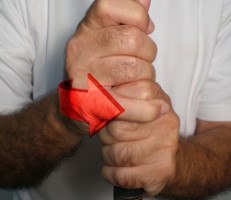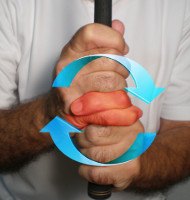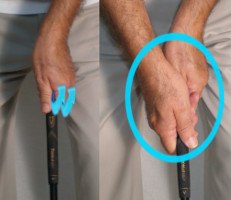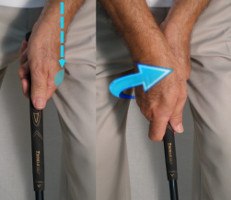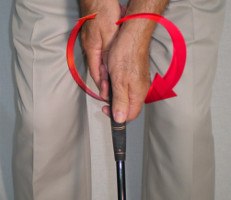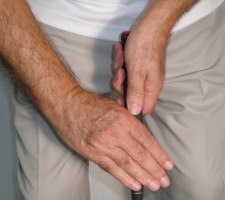Pros and Cons of Every Golf Grip Style |
Best Grip? Overlapping vs Interlocking |
Grip style: Vardon (overlapping) |
Hand position: strong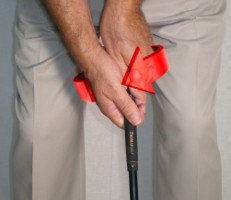 |
Putting grip style / hand position: Reverse overlap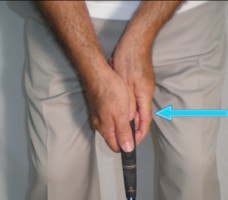
|
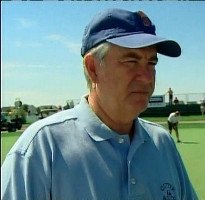
Dave Stockton’s grip with the putter may not have made him famous, but it’s had a remarkable trickle-down effect on today’s golfers.
Stockton won a pair of PGA Championships (1970 and ’76) and enjoyed a stellar Champions Tour career on the strength of his dead-eye putting. Once his playing days began winding down, Stockton found great success as a teacher – specifically, as a putting guru to the pros.
Stockton’s unique method has worked for major champions like Rory McIlroy and Phil Mickelson. While Stockton doesn’t espouse a specific way to grip the club, the key is keeping the back of the left (lead) hand square to the target line throughout the stroke.
Gripping the putter as Stockton does certainly makes that easier. Because his left hand is in a neutral position, the back of the hand is pointed directly down the target line. Stockton merely maintains this position from start to finish, ensuring that the blade remains square.
He’s been pretty good at reaching the greens, too. Dave Stockton’s grip, full swing version, is a bit on the strong side – left hand rotated to his right, with the right hand slipped underneath the club so that the “V” (base of thumb and index finger) aligns with the right arm.
The compact, easy-flowing move that emanated from this grip hit greens like a machine. In his prime, Stockton routinely hit 70% or higher on the Tour’s greens-in-regulation stat.
